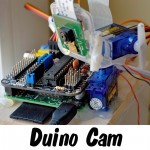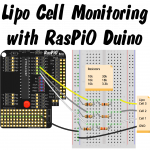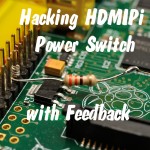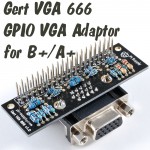
At Last week-end’s Cambridge Jam I met Albert Hickey @winkleink, who showed me this extremely cool brain-wave controlled version of Flappy Bird. This is a video post, so I’ll let the video do the talking… Albert runs the Egham Raspberry Jam and his blog can be found here. He’s written the project up and shared the code there. @RasPiTV Thank you for doing this. Will have all set up to play at @EghamJam on the 12th of July. http://t.co/t99JvPNT8d — Winkleink (@winkleink) June 15, 2015







